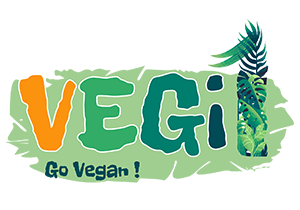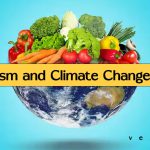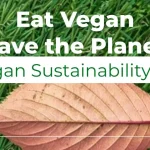The Environmental Pros and Cons of Veganism | The truth that you didn’t know!
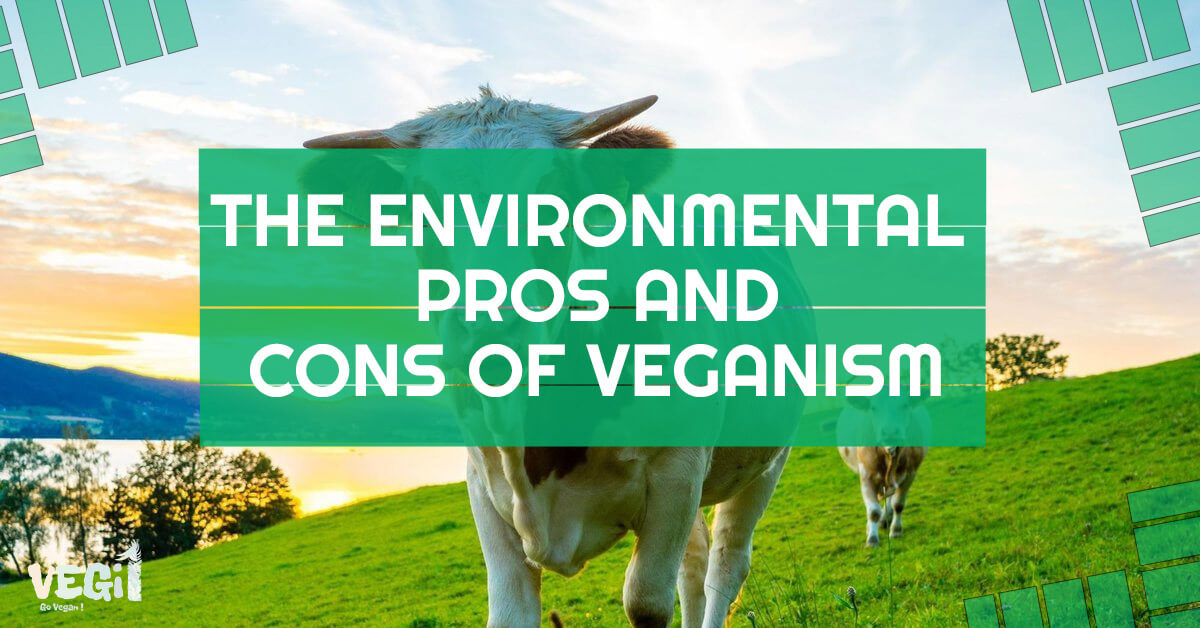
First of all, it has to be said that besides all the morality factors, even if you feel that eating animal meat and products is good for you, you haven’t thought about the environmental impact.
Yes, you heard that right, eating and consuming animal meat and animal products (which comes with indiscriminate animal killing), will definitely lead to negative environmental impact.
In this article you will read:
Environmental Impact
Let’s bring in some facts and statistics from the 5vegan.org website.
According to 5vegan.org:
The meat and dairy industry uses 1/3 of the earth’s fresh water.
An example would be the fact that the water usage of making one hamburger is around 3000 liters of water which is equal to 2 months of showering.
Also, I have a question for you.
Did you know that U.S.A water use is 5% domestic and 55% animal agriculture?
That’s insane!
Because more than half of the whole country water use is for animal agriculture.
Now, let’s talk about deforestation.
91% of amazon destruction is caused by animal agriculture.
Also, it’s good to know that 1 to 2 acres rainforest are cleared every second.
Over-fishing
These facts below are mind-blowing!
90 million tons of fish are pulled from the oceans each year.
¾ of the world’s fisheries are exploited.
Also, for every 1 kilogram of unintended marine species are caught.
Waste
Every minute 3.2 million kilograms of excrement are produced by animals raised for food in the US only.
Waste from a farm of only 2500 dairy cows equals the waste from a city of 411,000 people.
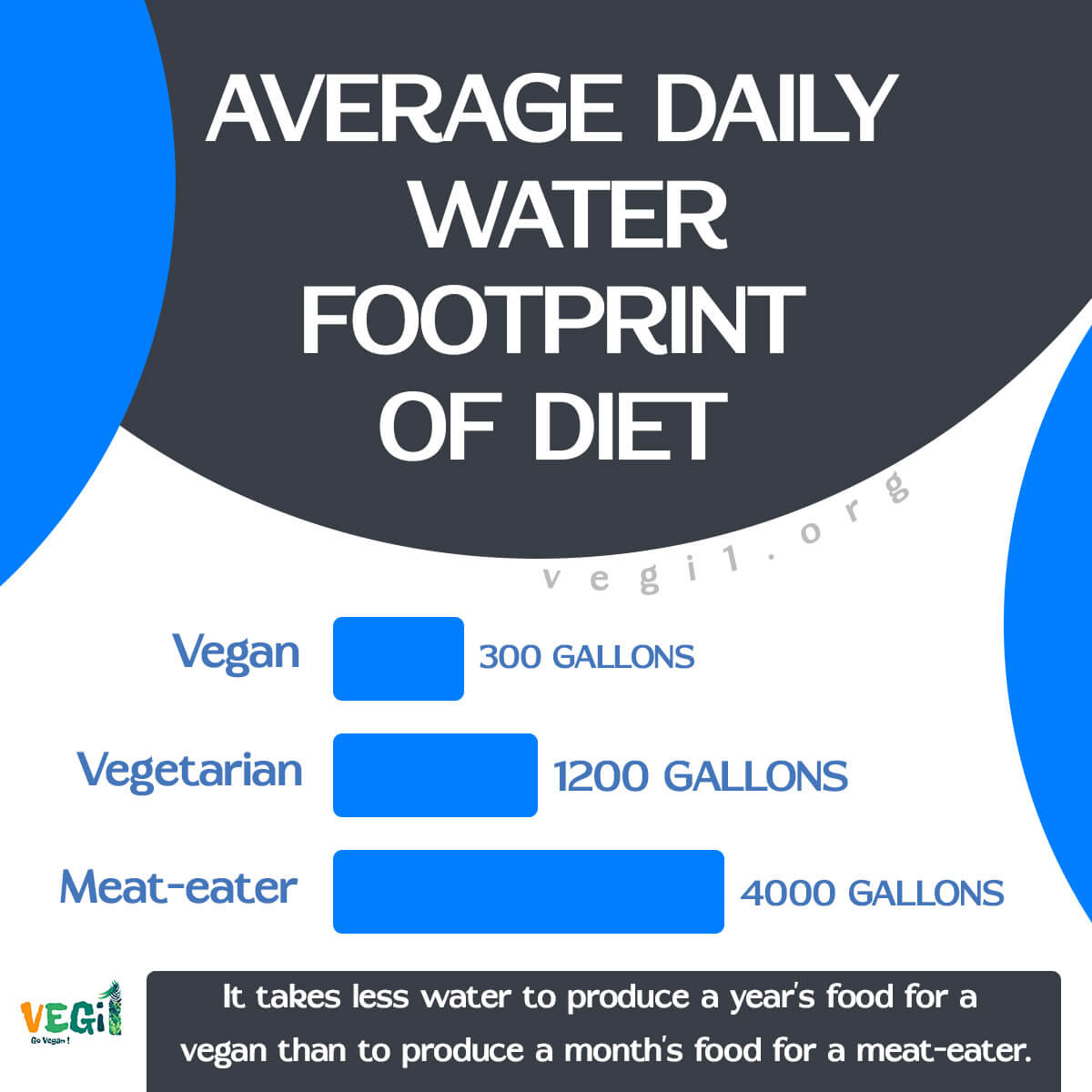
Climate Change
Another horrible outcome caused by animal agriculture has to be climate change.
Climate change impacts soil and water sources in different ways.
It is written on an MPDI website؛
“The absence of innovations and methods for soil and water conversation in any agricultural system is a recipe for disaster.”
The website continues:
“As the climate changes, crop production strategies must also change and adapt. Amidst the challenges posed by climate change, global population growth further exacerbates the problem of sustainable food production to meet demand.”
Next up, we have to talk about global warming.
Animal agriculture definitely has a big role in global warming which leads to ocean acidification.
This condition happens with the increase of carbon emissions.
Because when carbon emissions increase, a chemical reaction occurs between carbon dioxide in the atmosphere and ocean water, causing seawater acidification.
The danger of this process is mainly because of the toxic environment that it creates.
And as Wikipedia says:
“A reduction in marine life can have an adverse effect on people’s way of life, since limited sea life may reduce food availability and reduce coastal protection against storms.”
https://vegi1.org/veganism-and-climate-change-facts/
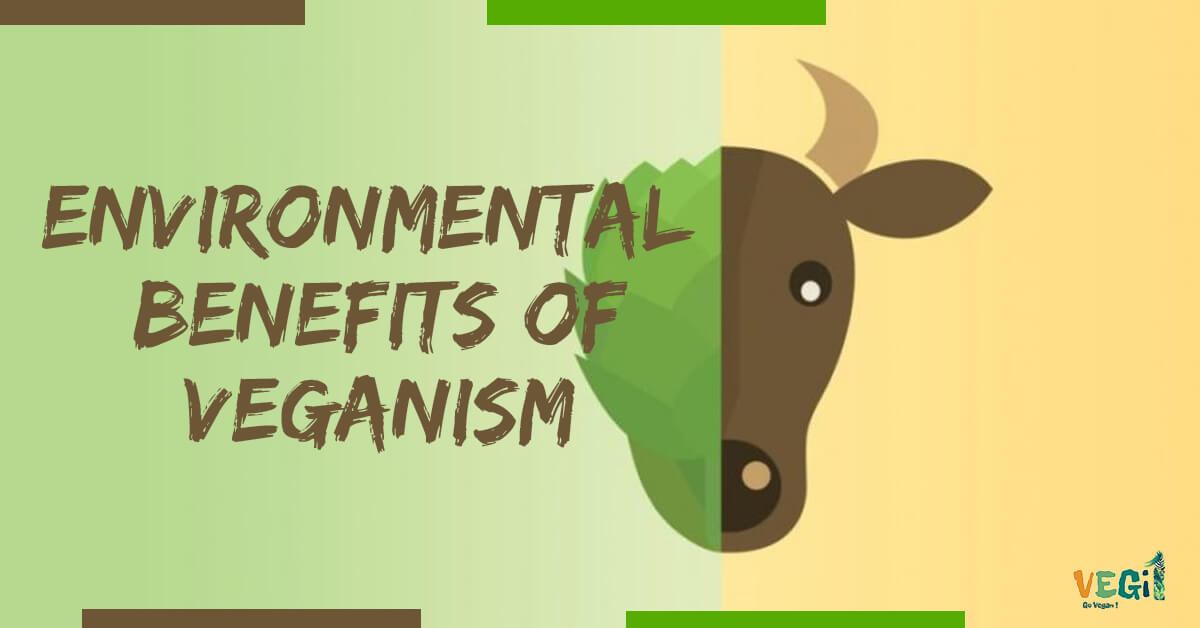
Deforestation
Although we talked about deforestation in the intro but it is completely normal to be shocked when you hear the name of deforestation and you see that the meat industry causes that too.
Speaking personally, I was overwhelmed when I found that they are related.
According to IAPWA:
Meat production is the single greatest cause of deforestation globally, with half of the world’s habitable land used for this purpose.
In 2017 it was announced that livestock production uses 70% of agricultural land.
Cutting down trees isn’t only harmful for the biodiversity that resides there, but it is also harmful for combatting climate change, as these forests are essential for carbon capture and sequestration.
Also, healthy trees are essential for absorbing carbon from the atmosphere and we if cut them down they can’t help us in the fight against climate change.
The website continues:
“Deforestation is causing wild habitats to be destroyed and distorting the natural ability of forests to produce their own rainfall, making it increasingly difficult for forests such as the Amazon Rainforest to sustain themselves.”
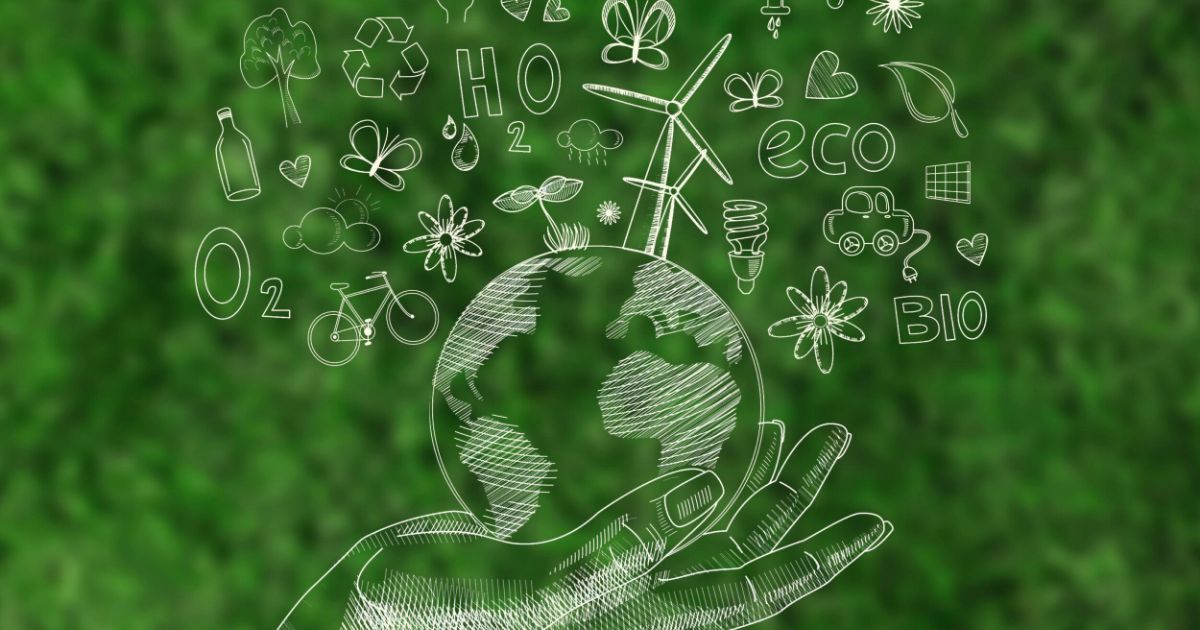
Pollution
Animal agriculture produces 65% of the world’s nitrous oxide emissions and the global impact of it is 296 times greater than carbon dioxide.
It can be said that around 15% of global greenhouse emissions result from livestock farming.
In Europe, food alone is responsible for 30% of total greenhouse gas emissions.
Now, we are going to compare the contribution to greenhouse gas emissions of different animals.
Cows are number one, and they contribute more than double the greenhouse gas emissions than the number 2 of the list which are lambs, which is because of the reproduction factor.
Flashing back to cows, it’s good to know that cows that are raised for beef need a huge amount of food and water.
And since the world population goes up by time, the need of food goes up too so that demands for meat get way higher as the time goes and that means that more greenhouse gas emission is on the way.
Water Pollution
Even if there is a way of not using water for providing poultry, dairy, eggs and most definitely, meat, the production of them still causes water pollution since they come with a gigantic amount of waste that can affect the weather.
Through the years, all the health global organizations and health activists have shown prime examples of why meat industries have a direct impact on the corruption of water.
As said, not only do farm animals take up a huge percentage of the world’s freshwater, the livestock waste is absolutely a part of water contamination.
Water Use
Water use has to be our biggest concern and to be fair in the last few years, people started to be more cautious with their water use thanks to media and the news.
Besides all the facts surrounding the drought rumors that researchers bring to the table, we can predict that in the future, water is going to be more important, mainly because there will be water outages.
I’m trying to prove the point that because we already have water issue that doesn’t mean that we can ignore the water waste of meat industry.
So why aren’t we considering better alternatives like going vegan or starting a vegan diet for a short amount of time so we can see the differences not only for the waste factor but for our own health.
The IAPWA website explains the water use of animal agriculture pretty well.
According to IAPWA site:
“About 90 percent of the world’s water footprint comes from agriculture, with the industry currently using 70 percent of all available fresh water, three times more than what was used 50 years ago.
Growing crops for livestock feed requires significantly more water than growing fruits, vegetables and beans for direct human consumption.
As a result, producing a single pound of beef takes about 8,183 liters of water the equivalent of filling 39 bathtubs to the top.
While the massive amount of water needed to produce a single pound of animal meat such as beef sounds hard to believe, one must take into account that cows raised for beef are eating thousands of pounds of grass, corn, soya and grains during their lifetime, all of which needs water to grow.
The world’s freshwater resources will become increasingly scarce as scientists predict that water demand for food production will triple by 2050 if habits are not changed on a large scale.
On top of using most of the world’s fresh water supply, animal agriculture is polluting the fresh water that we have left available.”
As a whole, more water is needed to provide meat than vegan foods.
For instance, plant-based burgers require between 75-90% less water than real beef burgers.
As a result, a person’s diet makes up the largest part of their water footprint.
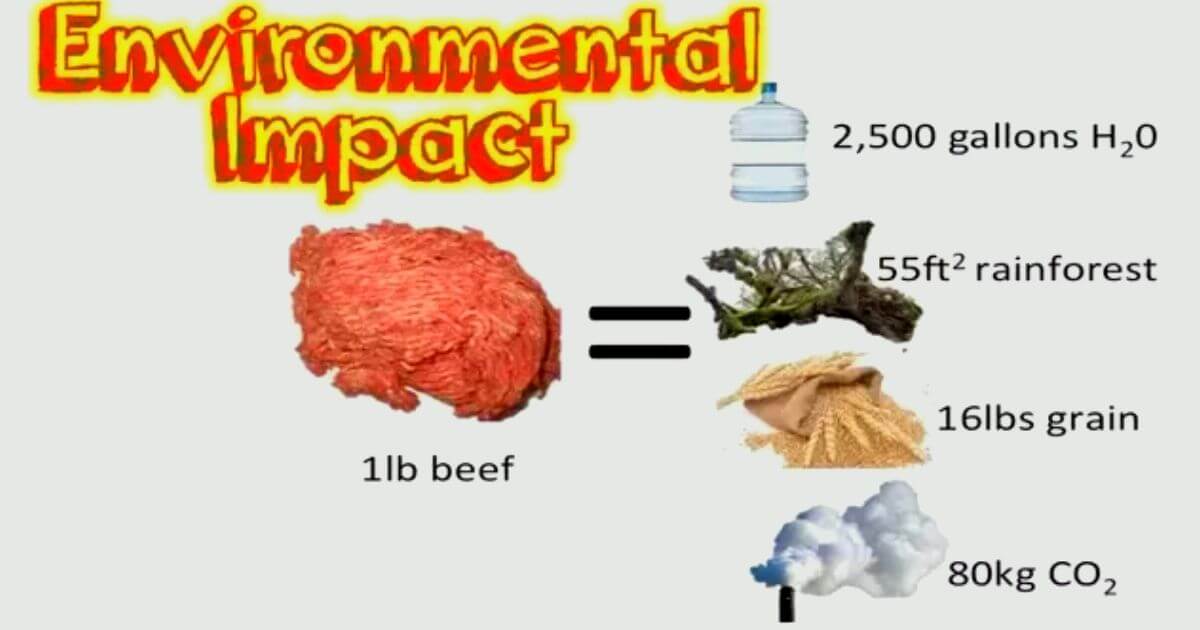
Consumption
An increase in meat consumption is associated with human population growth.
Given that, the negative environmental impacts of meat production and consumption will increase unless current behaviors change.
There are some enormous numbers about the meat industry by Wikipedia like the fact that global meat consumption may double from 2000 to 2050 based on the population growth rate.
There are other numbers too, about 85% of the world’s soybean crop is processed into meal and vegetable oil, and all of that meal is used in animal feed.
The Solution
Despite all of the negative things that were written in this article, there is an easy solution to avoid all of these horrible outcomes.
In order to fix these problems, we can easily just make everything from our health to earth better by just choosing the better alternatives.
Our recommendation would be a vegan diet and because of that we are going to give you some basic but important information about veganism and its benefits and in the end, we are going to talk about veganism’s environmental pros and cons.
But before reading the next part just know that you don’t have to go completely vegan from a meat-eating diet that you have followed your whole life.
To be realistic, we should take everything seriously and in order to get better it doesn’t have to be that hard because you can start with little things.
A better alternative for the start is a vegetarian diet.
This might be way easier for people because you have more food choices and the diet doesn’t go hard on you.
Since some people eat meat and fish for macronutrients or anything based on personal preference, lot of them can remove meat from their diet with choosing better alternatives that are vegan but some people are in favor of consuming animal products because they like it or in their point of view, they have no problem with using animals just for a product rather than killing them.
But still because our whole concern is just to help start your vegan. journey or even take different things in to consideration for saving the earth, we can tell you that if you don’t want to stop eating meat, you can at least eat less.
Just so you can get closer to veganism or adapt to it by time.
How to Become Vegan step by step
5 Things You Need to Know about Veganism for Beginners
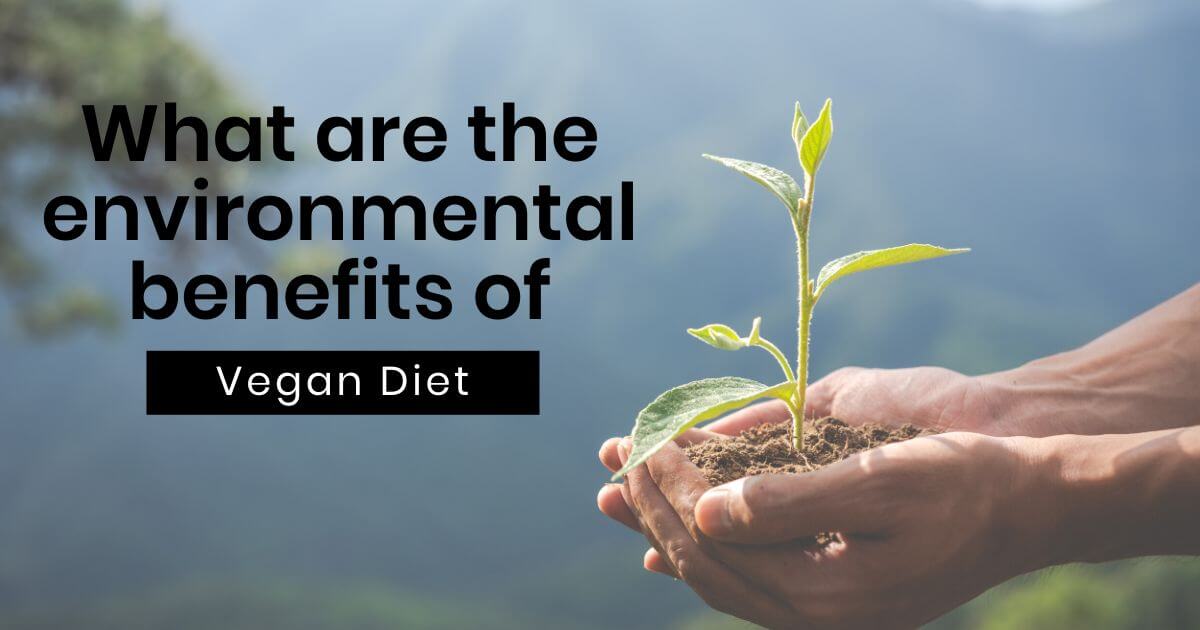
Veganism
We all know, the basis of veganism is to put a stop to the exploitation and killing of innocent animals.
As of now, about 88 million people in the world are vegan which equals 1.1% of the world.
And we didn’t just bring these numbers to show you how many vegans are there.
We demonstrated those numbers just to make the adaption of vegan diets look easier for you so you can see that there are so many vegans in the world and you can be one of them too!
Before we get into the pros and cons we just want to make you more familiar with a vegan lifestyle.
Vegans have a more sustainable lifestyle
On average, vegans are the ones who smoke less and drink less and they tend to have a better lifestyle and care about what they eat without hurting animals and, in the end, saving the earth.
The reason that vegans are more accurate and careful with their decisions isn’t just based on the fact that they tend to be healthier.
They even follow other moral policies like not wearing clothes that are made from animals.
Not only do vegans try to avoid killing animals for clothes, but they also try to choose unique brands that have sustainable and eco-friendly materials.
A brand that is so popular in the vegan community is the Mavi brand.
You can earn more information about environmentally friendly clothing by reading and searching about them on vegan websites or reading articles about how vegans and these brands are linked and related.
Some other vegan clothing brands that are active in vegan fashion are:
- Harvest & Mill
- Beyond Skin
- Neuaura
You can also search for vegan fashion and find your own type of clothes based on your style.
Moreover, vegans are most likely to participate in campaigns that save our planet.
You might have heard of slogans like:
“Save the earth, save the future”
Vegans, particularly, are the pioneers of these campaigns and even if they’re not, they at least participate.
One of the most famous campaigns is the cigarette butt or cigarette filter campaign in which people the campaign start to collect/gather cigarette filters in order to recycle them.
This is just another example of acknowledgeable acts by vegans that are not even related to food or animals.
Next up, we are going to get to the pros and cons part and then check the amount of water that we can save.
Keep in mind that the part about the cons of a vegan environment is more about accessibility, rather than being a problem or disadvantage.
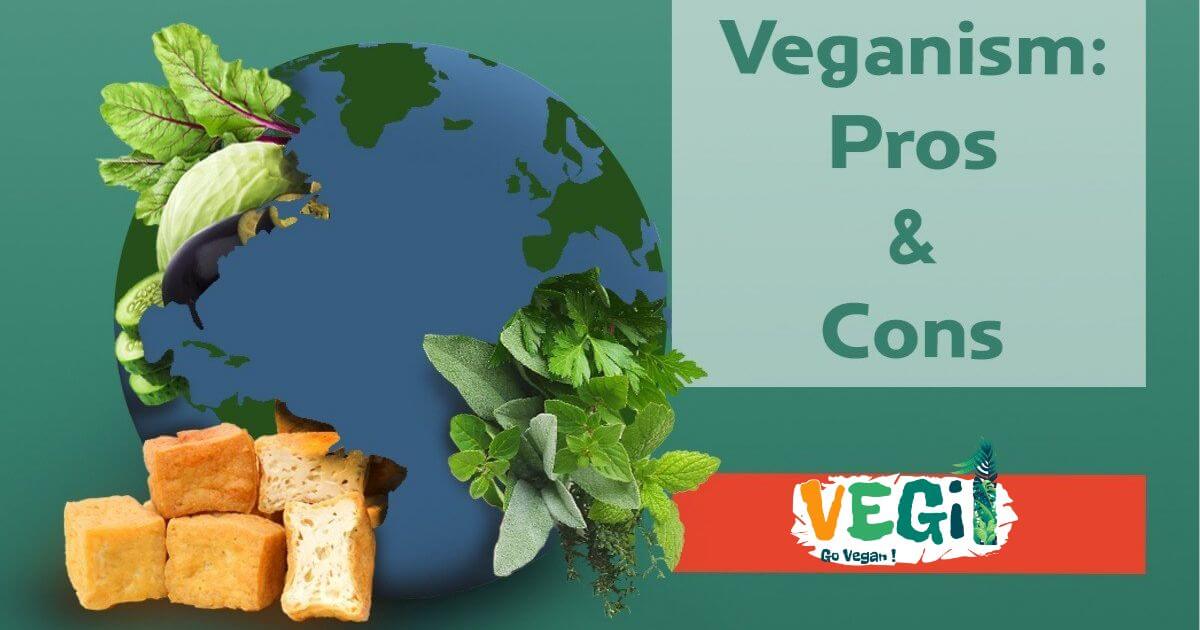
Pros and Cons of a Vegan Diet
Pros
-
Veganism reduces emissions from animal agriculture.
The explanation of this part is so simple: if our priority becomes veganism then we will have vegan foods, so we won’t have animal farms which leads to way less greenhouse gas emissions.
-
Reduces Pollution
Farming animals leads to huge amounts of pollution, mainly because huge numbers of animals come with huge amounts of urine and feces. That imbalances nature because it doesn’t go away automatically.
-
Uses less water
Fresh water is only 2.5% of the water on the planet and when we breed animals they need a lot of water. It is just not about the animal itself; the process of producing meat requires a lot of water, exactly like the burger example.
-
Uses less land
When we have fewer factory farms it means that we have more land and it is not summed up here; crops that are for animals take a lot of space too and when we have fewer factory farms and crops, then we have more space.
Cons
-
The accessibility
Not all people have access to vegan alternatives so that may bring in some problems like the pollution that transportation may cause.
-
Water use
Although it’s not as much as the meat industry, some plants may need a lot of water and when the environment gets closer to veganism the demand for a certain plant goes up and that can be an addition to more water use.
Keep in mind that the cons above they are not as direct as the meat industry’s negative impacts are.
Positive Impacts
After all, just so we can end this article we show you a great example of positive environmental impact of vegan environment.
If one person goes vegan, they can save app. 219,000 gallons of water a year!
Saves on a Vegan Lifestyle
Here are some other facts and statistics from the 5Vegan.org website which showcases the amount of water and animals and other things that you can save if you go vegan.
Starting with daily numbers, every day a vegan saves:
- 4,164 liters of water
- 18 kg of grain
- 3 sq. of forested land
- 9 kg CO2
- 22 animal lives
Following after the daily numbers, we will get deep into detailed information.
-
Water
2,500 gallons of water are needed to produce only 1 pound of beef.
477 gallons of water are required to produce 1 pound of eggs.
Around 900 gallons of water are needed for 1 pound of cheese.
1,000 gallons of water are required to produce 1 gallon of milk.
Animal agriculture is responsible for 20-33% of all fresh water consumption in the world today.
If one person goes vegan, they can save app. 219,000 gallons of water a year!
-
Grain
We are currently growing food to feed 10 billion people.
At least 50% of world’s grain is fed to livestock.
82% of starving children live in countries where food is fed to animals and those animals are eaten by western countries.
Just imagine if we didn’t have all these animal farms, at this point, those crop lands would have been there to grow food for humans instead of animals and that would be a key element of ending world hunger.
-
Forestland
Animal agriculture is responsible for up to 91% of amazon destruction.
1-2 acres of rainforest are cleared every second.
The leading causes of rainforest destruction are livestock and feed crops.
-
CO2
Livestock and their byproduct account for at least 32,000 million tons of carbon dioxide (CO2) per year, or 51% of all worldwide greenhouse gas emissions.
Methane is 25-100 times more destructive than CO2 on a 20-year time frame.
A person who follows a vegan diet produces the equivalent of 50% less carbon dioxide, uses 1/11th oil, 1/13th and 1/13th water, and 1/18th land compared to a meat-lover for their food.
Most people don’t even care about this issue and they don’t even think that this is serious problem.
-
Animals
Before you read the numbers just know that numbers change and they vary from country to country, so this is just an average for all regions.
Average numbers:
You can save 80 animals by 1 year of going vegan.
You can save 7 animals by 1 month of going vegan.
You can save 1 animal by 5 days of going vegan.
And you can save 0.22 with 1 day.
Conclusion
From the intro to the conclusion, all we were trying to was just to provide valid information and show the savings and advantages of a vegan environment and how eating meat ruins the environment.
You can decide to be vegan for a day and see the impact it has on your health and your mind just in one day.
Also, try some vegan foods and read some recipes so we can save our planet.
Although this is an article about veganism, we recommend to you take small steps like the solutions we wrote in the solution heading.
Tell us about your own vegan journey and share your opinion with us in the comment section.
Hope this helps you to start your vegan journey.
